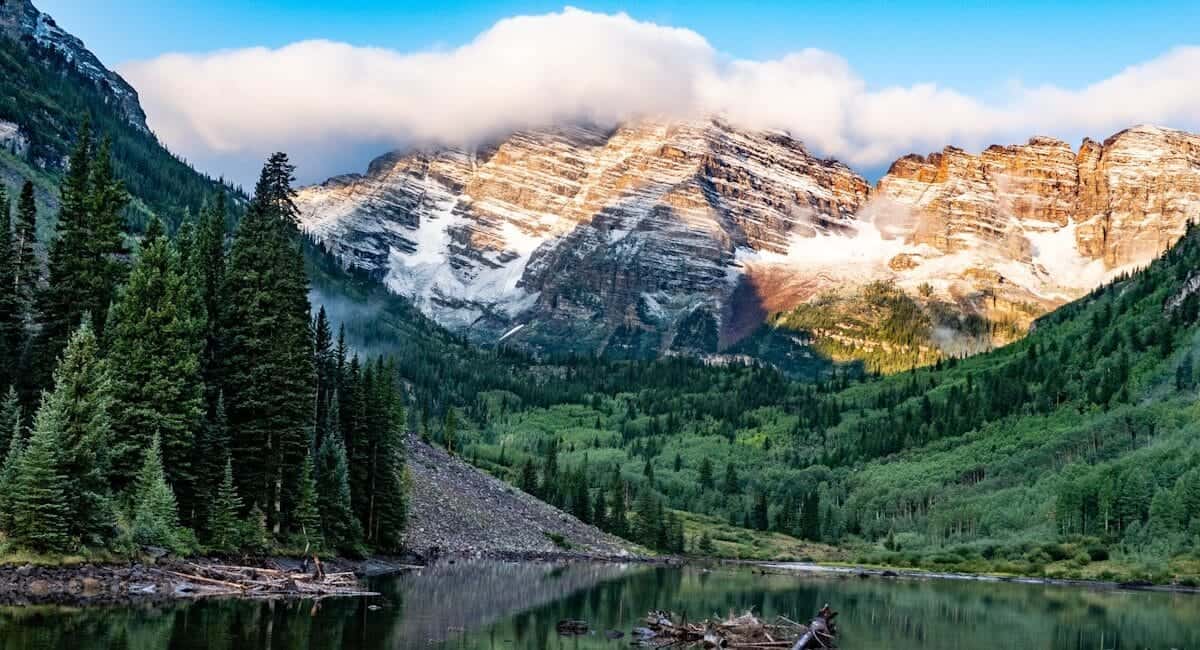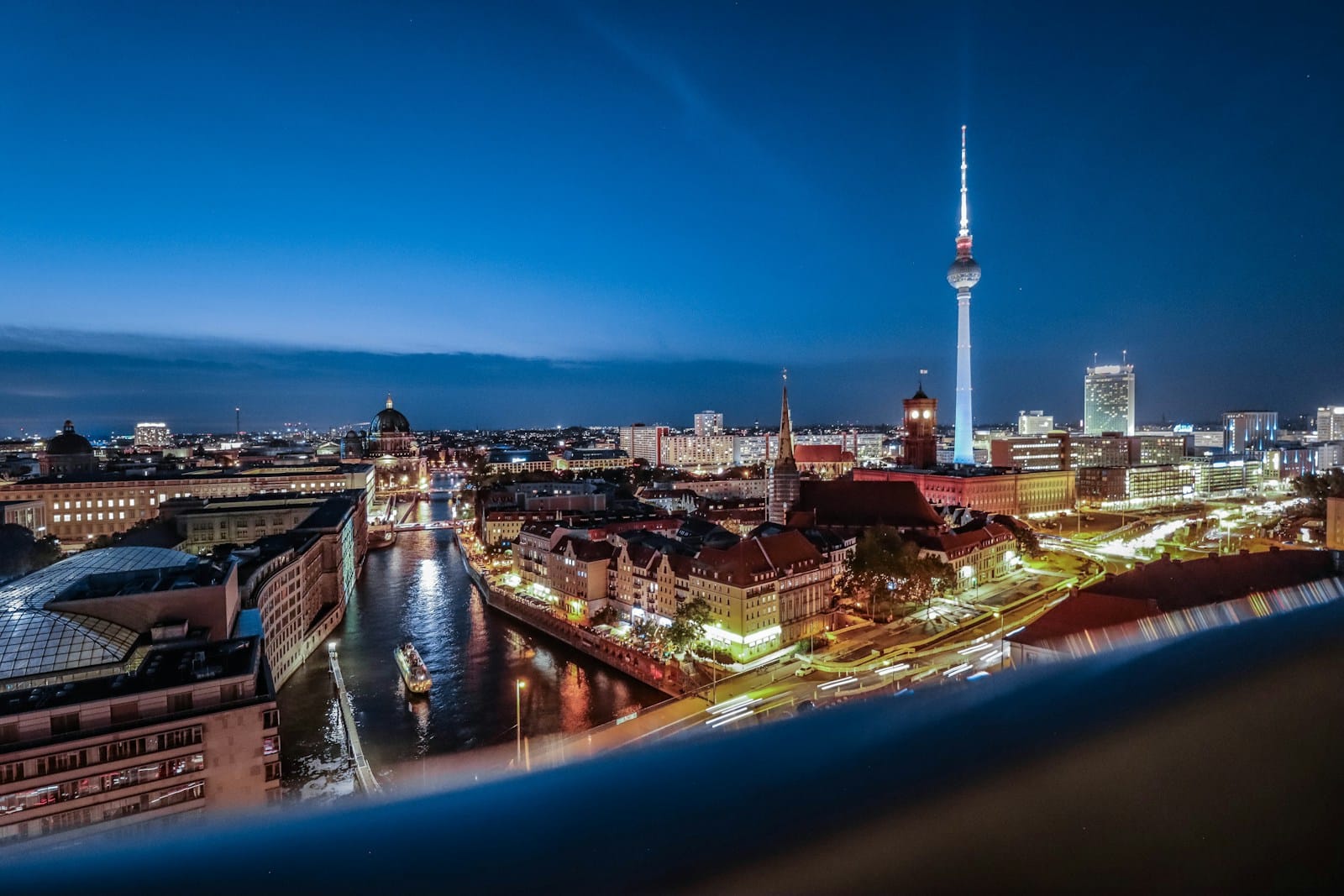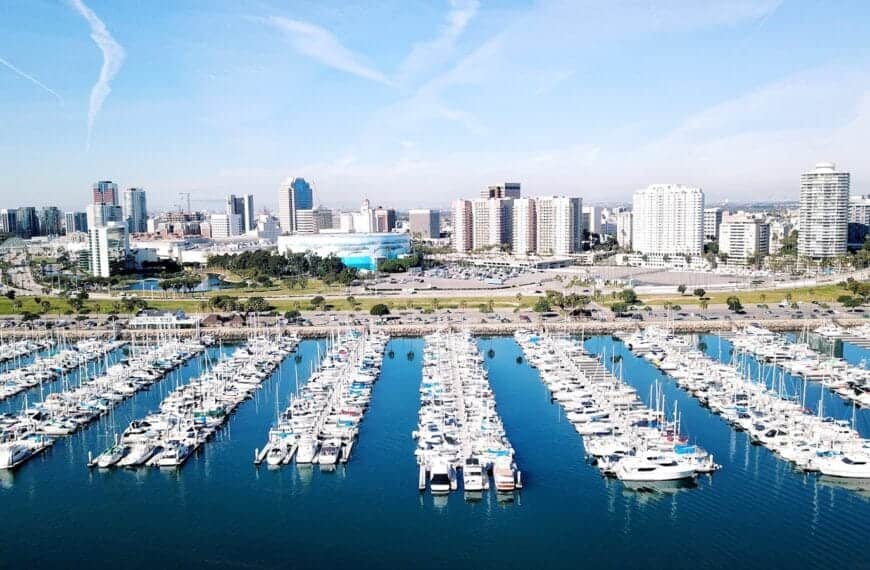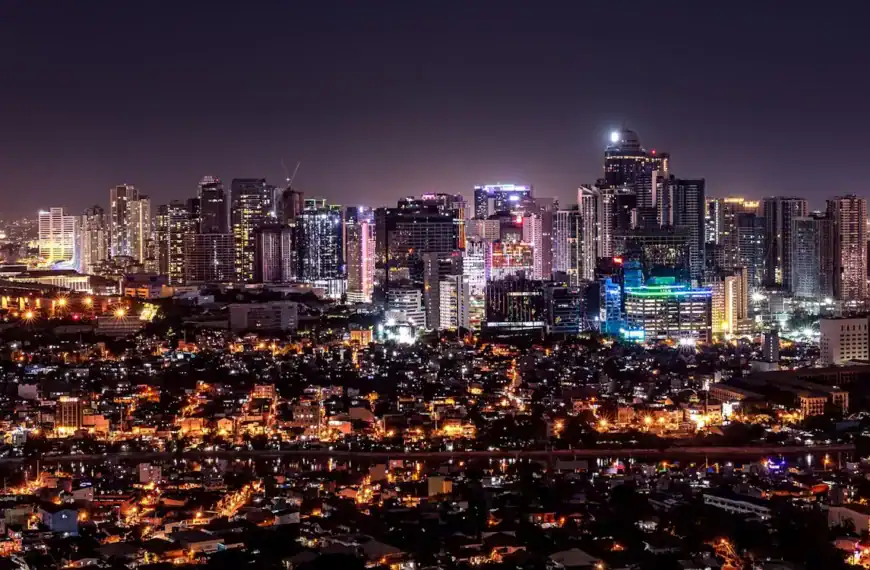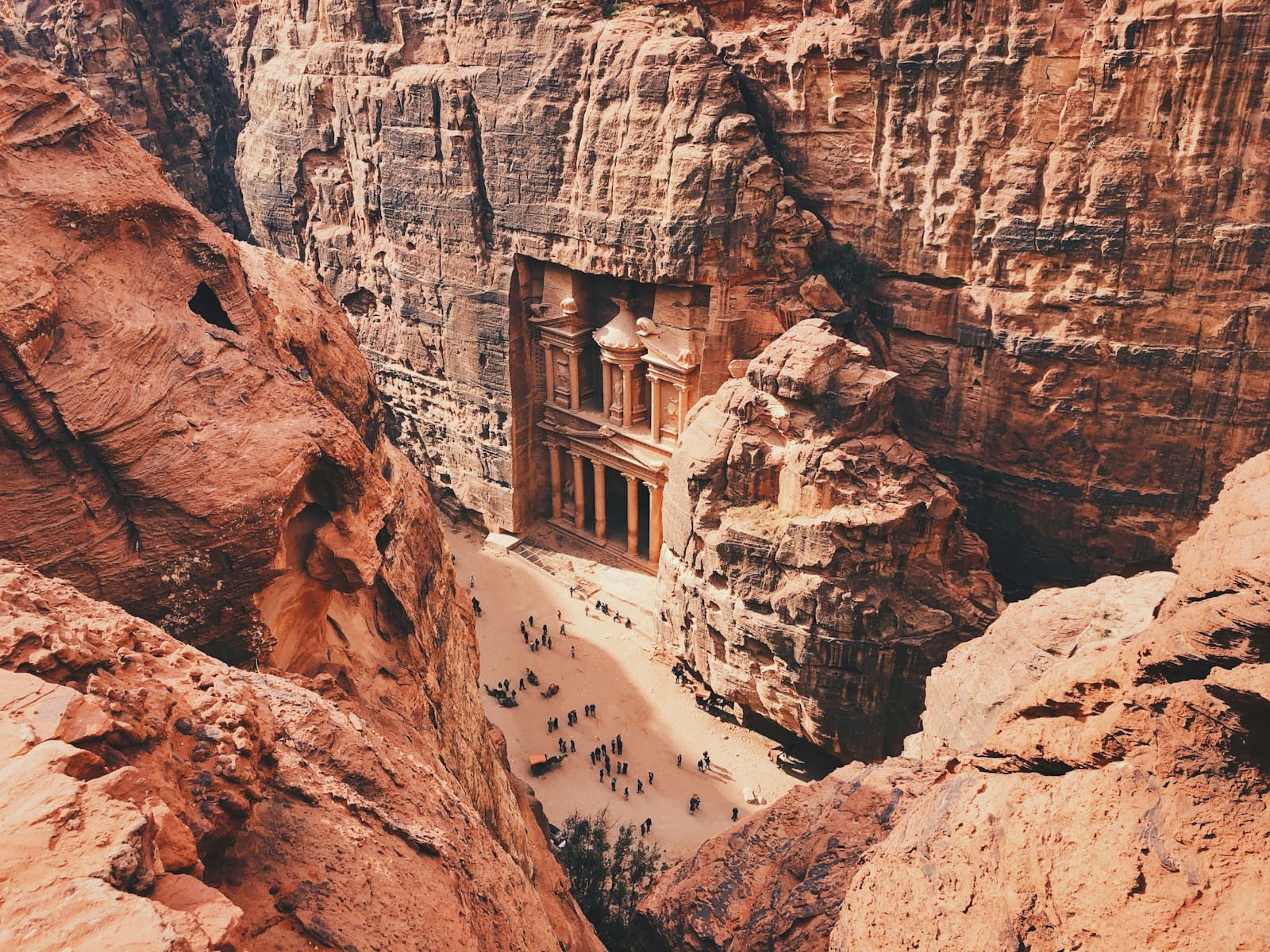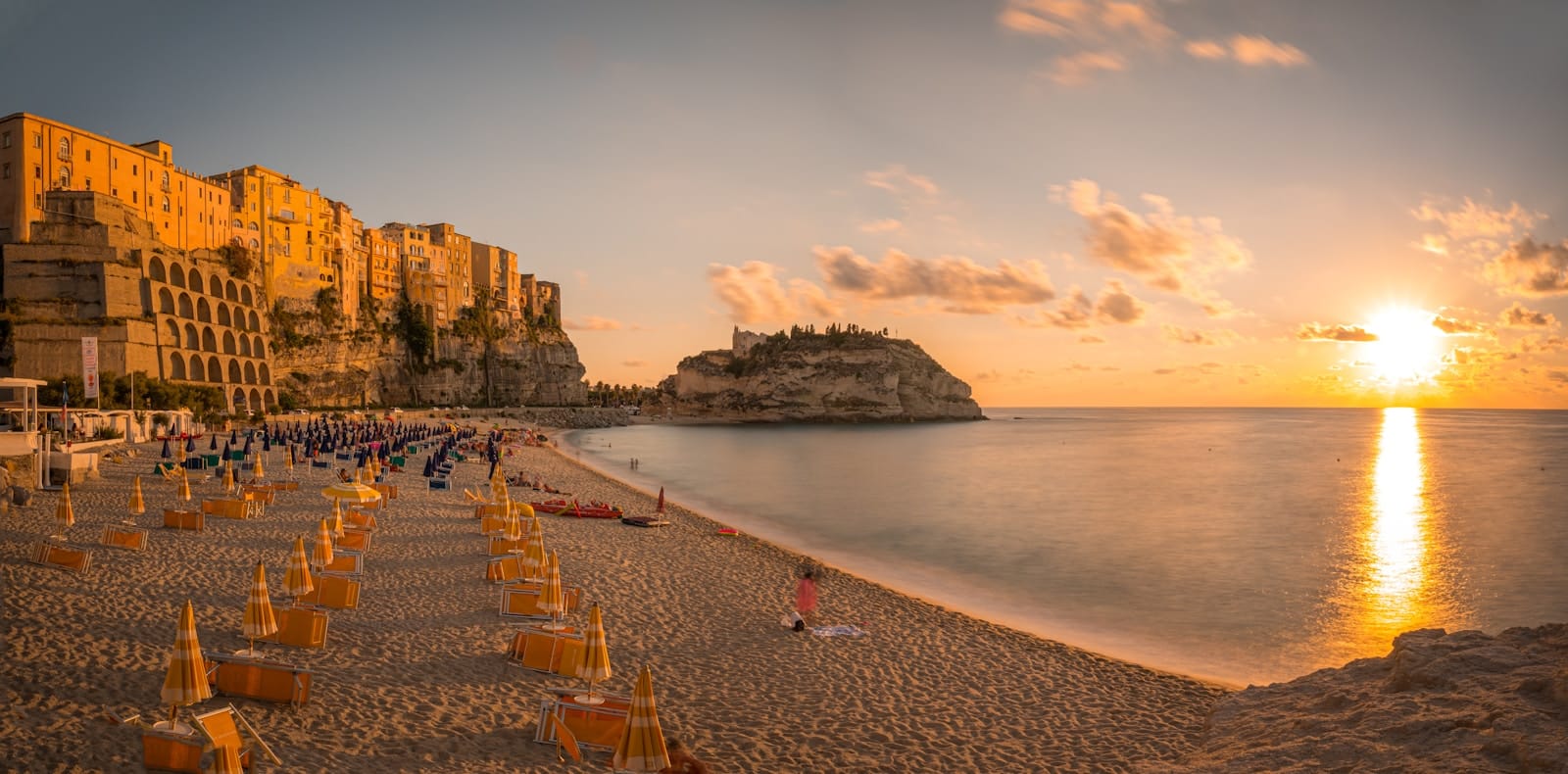Colorado Travel Guide: Wild Beauty & Epic Adventures
Intro to Colorado Travel Guide
From alpine meadows and red rock canyons to historic mining towns and world-class slopes, Colorado is a landscape of extremes — and endless exploration. With four true seasons and a mix of frontier grit and modern creativity, the Centennial State is where you’ll find some of America’s most iconic nature, culture, and adventure.
This guide covers the most epic things to do in Colorado, from the Rockies to the rivers — plus seasonal travel advice, regional highlights, and insider tips to help you craft your perfect itinerary.
Start planning your journey with our complete Colorado Travel Guide — discover the best time to visit Colorado, scenic cities, natural escapes, historic attractions, and unforgettable Colorado tours and experiences that will elevate every trip.
Places to Visit in Colorado
Aspen | Aurora | Boulder | Breckenridge | Colorado Springs | Denver | Durango | Estes Park | Fort Collins | Glenwood Springs | Grand Junction | Gunnison | Pueblo | Steamboat Springs | Telluride | Vail
💡Quick Facts:
Destination: Colorado
Continent: North America
Country: United States
Administrative Division: State of Colorado
City: Denver (state capital and largest city)
Area: 269,601 km² (104,094 mi²)
Population: ~6.1 million (2024 est.)
Density: ~23 people/km²
Capital: Denver
Regions/Subregions:
• Front Range Urban Corridor (Denver, Colorado Springs, Boulder)
• Western Slope (Grand Junction, Montrose)
• Rocky Mountain Region (Aspen, Vail, Breckenridge, Estes Park)
• San Luis Valley
• Eastern Plains
Official & Regional Languages: English (official), Spanish widely spoken
Currency: United States Dollar (USD)
Time Zone(s): GMT-7 (MST), GMT-6 (MDT during Daylight Saving Time)
Airports: Denver International Airport (DEN), Colorado Springs Airport (COS), Eagle County Regional Airport (EGE), Aspen/Pitkin County Airport (ASE)
Climate: Semi-arid with alpine regions — diverse; dry plains, snowy mountains, and temperate valleys
Known For: Rocky Mountain National Park, ski resorts (Aspen, Vail, Breckenridge), hiking and outdoor recreation, craft breweries, Mesa Verde cliff dwellings, Garden of the Gods
🛂Arrival Info:
• ESTA required for visa-waiver countries
• B1/B2 tourist visa for non-visa waiver nationals
• Standard stay: 90 days under ESTA, 6 months under B1/B2 visa
• Customs Info: U.S. Customs and Border Protection CBP Official Site
💉Health Info:
• No mandatory vaccinations for entry
• High-quality hospitals: UCHealth University of Colorado Hospital, Denver Health, Children’s Hospital Colorado
• Altitude sickness can affect travelers in high-elevation areas (Aspen, Breckenridge, Rocky Mountain NP)
• Urgent care and clinics widely available in tourist towns and cities
• Travel insurance recommended for non-U.S. residents
✅ Check travel insurance options for travel emergencies, delays, and medical needs abroad — Get coverage here
✅ Stay Informed with Official Updates: WHO – International Travel & Health | CDC – Travel health updates
🚨Travel Advisory:
• U.S. State Dept Level 1: Exercise Normal Precautions
• Petty crime risk is low; maintain usual precautions in urban areas
• Road safety in mountainous regions during winter requires caution (snowstorms, avalanches)
• Emergency services: 911 (Police, Fire, Medical)
✅ Stay Informed with Official Updates: US Travel Advisory | UK Foreign Travel Advice
📅Holidays:
• National Western Stock Show — January (Denver)
• Independence Day — July 4 (statewide celebrations, fireworks)
• Colorado Day — August 1 (commemorates statehood)
• Labor Day — First Monday in September (Boulder’s Creek Fest, local events)
• Oktoberfest Denver — September/October
💰Visitor Info:
• Currency: United States Dollar (USD)
• Credit cards accepted universally; ATMs widely available
• Tipping customary: 15–20% in restaurants and service industries
• Duty-free purchases only at international airports
• Average Daily Budget: Budget $150–200, Midrange $250–400, Luxury $500+
✈️Airports:
Denver International (DEN): Largest hub with direct international and national connections
Colorado Springs (COS): Regional airport with domestic access
Mountain Airports: Aspen (ASE), Eagle-Vail (EGE), Telluride (TEX), Steamboat (HDN), Durango (DRO)
Tip: Winter flights to ski towns fill quickly — book early
✅ Delayed or canceled flight? Check if you’re eligible for compensation
🚍Transport:
• RTD light rail and bus network in Denver metro area
• Regional bus services (Bustang, Greyhound) connecting cities
• Car rentals essential for national parks and mountain regions
• Ride-hailing apps: Uber, Lyft in major cities and resort towns
• Scenic drives (Trail Ridge Road, Million Dollar Highway) are popular routes
✅ Book reliable airport transfers and in-city rides in advance. Reserve your ride here
📶Connectivity:
• Major carriers: Verizon, AT&T, T-Mobile
• SIM cards and eSIMs available at major retail stores and airports
• Strong mobile coverage in urban areas; patchy in remote mountainous regions
• Public Wi-Fi in hotels, cafes, airports, and visitor centers
• Roaming policies depend on traveler’s home carrier
✅ Stay connected abroad with affordable eSIM data packs. Get your eSIM here
📜Laws & Etiquette:
• Legal drinking age: 21
• Recreational cannabis legal for adults 21+ (state-regulated usage areas)
• Smoking banned in indoor public spaces
• LGBTQ+ friendly state; Denver and Boulder have vibrant LGBTQ+ communities
• Tipping is standard practice across services
🛡️Emergency Info:
• Emergency Numbers: 911 (Police, Fire, Medical)
• Colorado Tourism Office provides traveler assistance and information
• Nearest embassies are in Washington D.C.; consular services in Denver (for select countries)
• National Park Service rangers available in parks for visitor safety
✅ Use embassy locator tools: Embassies Worldwide
🌦️Weather:
• Winters (December–March): Snowy in mountains; cold and dry on plains
• Spring (April–May): Variable weather; snow possible at high elevations
• Summer (June–August): Warm, dry with occasional thunderstorms
• Fall (September–November): Crisp, cool with vivid autumn colors in mountains
• Best time to visit: Year-round (skiing in winter, hiking and festivals in summer/fall)
✅ Stay prepared—check the weather forecast for your destination — Weather Forecast
Colorado Cities & Major Destinations
Colorado’s cities aren’t just gateways — they’re full of flavor, history, and cultural energy. Whether you’re visiting for a ski trip or a summer road tour, these destinations are rich with local color and set the tone for every Colorado adventure.
- Denver – The Mile High City delivers big-city vibes at the edge of the Rockies. With vibrant neighborhoods like RiNo and LoDo, top-tier art museums, and craft beer halls, it’s the state’s cultural and culinary heart.
- Colorado Springs – Nestled beneath Pikes Peak, this outdoorsy city is known for its dramatic scenery, family attractions, and the red rock beauty of Garden of the Gods.
- Boulder – Just northwest of Denver, Boulder is a magnet for creatives, hikers, and eco-conscious travelers. Expect trailheads in town, buzzing food halls, and a laid-back mountain vibe.
- Aspen – More than a ski destination, Aspen is a luxury mountain town with art festivals, designer shops, and stunning scenery year-round.
- Durango – A former railroad and mining town near the Four Corners, Durango offers access to Native American sites, the San Juan Mountains, and the scenic Durango & Silverton train.
- Telluride – Set in a dramatic box canyon, Telluride is an alpine treasure known for skiing, summer festivals, and elite yet off-grid charm.
- Fort Collins – North of Denver, this college town thrives on bikes, beer, and music. Its relaxed downtown and scenic trails make it a great launchpad for northern Colorado.
- Pueblo – Explore Hispanic heritage, steel-town legacy, and the Arkansas Riverwalk. Pueblo is Colorado’s southern cultural cornerstone.
How to Choose Where to Go in Colorado
With so many iconic regions, it helps to plan your Colorado adventure by interest and season. Here’s how to narrow it down:
- For Mountain Lovers: Head west toward Aspen, Vail, Breckenridge, or Telluride. Ideal for skiing, alpine hikes, and remote lodges.
- For Culture + Cities: Denver and Boulder offer art, architecture, and nightlife with easy nature access.
- For National Parks & Native Sites: Southwestern Colorado is home to Mesa Verde, Chimney Rock, and ancient Puebloan cliff dwellings.
- For Scenic Drives: Cruise through the San Juan Skyway, Trail Ridge Road, or the Peak to Peak Highway.
- For Off-the-Beaten-Path: Explore the Arkansas Valley (Salida, Buena Vista) or the Great Sand Dunes for surreal desert-mountain contrasts.
Geographically, Colorado divides into Eastern Plains, Front Range Urban Corridor, Central Rockies, and Western Slope — each with distinct terrain, weather, and travel styles.
Natural Escapes & Scenic Highlights
Colorado is packed with jaw-dropping natural wonders. These landscapes offer some of the most photogenic and thrilling Colorado attractions:
- Rocky Mountain National Park – One of the top things to do in Colorado, with alpine lakes, wildlife, and the epic Trail Ridge Road.
- Great Sand Dunes National Park – Towering dunes meet snowcapped peaks. Sandboarding and stargazing here are unforgettable.
- Maroon Bells – Near Aspen, these iconic twin peaks are the most photographed mountains in North America.
- Hanging Lake – A crystal-clear travertine lake suspended on a cliffside. Permit required for access.
- Black Canyon of the Gunnison – A dramatic and lesser-known canyon that offers steep cliffs, solitude, and epic viewpoints.
- Garden of the Gods – Just outside Colorado Springs, walk among towering red rock formations with mountain views as your backdrop.
- Mt. Elbert & the Collegiate Peaks – Colorado’s tallest peaks, great for advanced hikers and 14er collectors.
Cultural & Historic Landmarks
Beyond its natural beauty, Colorado is steeped in Native heritage, Old West lore, and pioneering creativity.
- Mesa Verde National Park – Ancestral Puebloan cliff dwellings carved into sandstone mesas. A UNESCO World Heritage Site.
- Leadville – The highest incorporated city in the U.S., rich in mining history and quirky frontier buildings.
- Bent’s Old Fort – A reconstructed 1800s trading post on the Santa Fe Trail near La Junta.
- Ute Mountain Tribal Park – A cultural gem offering guided access to ancestral sites near Mesa Verde, with Native-led tours.
- Denver’s History Colorado Center – An interactive museum blending state history, culture, and storytelling.
- Manitou Cliff Dwellings – Preserved stone structures showcasing ancestral living styles outside Colorado Springs.
- Silverton & Ouray – Mining towns turned alpine escapes, filled with Victorian architecture and historical railroad routes.
Local Food, Arts & Experiences
Colorado’s culinary scene ranges from alpine fine dining to green chile smothered everything. Here’s what not to miss:
- Craft Beer & Distilleries – Fort Collins, Boulder, and Denver lead the state’s renowned microbrew culture.
- Rocky Mountain Oysters – A true local delicacy, if you dare.
- Farmers Markets – Pick up Palisade peaches, Colorado lamb, and locally foraged mushrooms during harvest season.
- Green Chile & Southwest Cuisine – Try Pueblo sloppers or Hatch chile burgers across southern Colorado.
- Art Walks – RiNo (Denver), Manitou Springs, and Crested Butte offer public murals and local galleries.
- Seasonal Events – Don’t miss Telluride Film Festival, Boulder Creek Fest, or the Durango Cowboy Poetry Gathering.
Must-See Experiences in Colorado
Here’s a curated list of unforgettable experiences across the state:
- Drive the Million Dollar Highway for heart-stopping mountain views
- Soak in Strawberry Park Hot Springs after a powder day in Steamboat
- Hike to Sky Pond in Rocky Mountain National Park at sunrise
- Catch the Telluride Bluegrass Festival under alpine peaks
- Ride the Durango & Silverton Narrow Gauge Railroad
- Watch elk bugle during fall rut in Estes Park
- Visit a ghost town like St. Elmo or Ashcroft during wildflower season
Book immersive Colorado tours and experience unforgettable things to do in Colorado — from sacred cliff dwellings and highland hikes to scenic railways and starlit hot springs.
Best Time to Visit Colorado
Colorado is a true four-season destination, with each season offering a radically different experience depending on elevation and region.
- Summer (June–August) – Ideal for hiking, camping, festivals, and road trips. High-altitude areas stay cool, while Denver and the plains can get hot.
- Fall (September–October) – One of the best times to visit Colorado for fall foliage. Aspen trees turn gold, and crowds thin out. Perfect for scenic drives and quiet trails.
- Winter (December–March) – Ski season is in full swing. Resorts like Vail, Breckenridge, and Telluride get world-class powder. Book early for holidays.
- Spring (April–May) – Shoulder season with blooming wildflowers and fewer visitors. Great for desert hikes in places like the Royal Gorge and Great Sand Dunes.
Tip: Colorado weather can be unpredictable — always check mountain forecasts and be prepared for quick changes, especially above 8,000 feet.
Getting Around Colorado
Colorado’s size and topography make transportation an important part of trip planning:
- By Car – The best way to explore. Scenic byways crisscross the state, and many parks and towns require a vehicle for access.
- Amtrak & Rail – The California Zephyr route passes through Denver, Glenwood Springs, and Grand Junction. Tourist trains like the Durango & Silverton add nostalgic charm.
- Airports – Major gateways include Denver International (DEN), Colorado Springs (COS), and regional hubs like Grand Junction (GJT) and Aspen (ASE).
- Public Transit – Denver and Boulder have good local buses and light rail, but service is limited elsewhere.
- Rideshares & Rentals – Uber/Lyft are common in metro areas. In ski towns, shuttle services and seasonal buses are more popular.
Best Travel Itineraries in Colorado
Here are three sample routes tailored to different traveler types and durations:
5-Day Classic Highlights
- Day 1: Arrive in Denver
- Day 2–3: Rocky Mountain National Park + Estes Park
- Day 4: Boulder + Golden + Coors Brewery
- Day 5: Garden of the Gods in Colorado Springs
7-Day Southwest Adventure
- Day 1–2: Mesa Verde + Durango
- Day 3: Silverton + Million Dollar Highway
- Day 4–5: Telluride + Ouray
- Day 6: Black Canyon of the Gunnison
- Day 7: Return to Denver or fly from Montrose
10-Day Summer Scenic Loop
- Denver → Rocky Mountain NP → Glenwood Springs → Aspen → Crested Butte → Great Sand Dunes → Royal Gorge → Colorado Springs → Denver
Tip: Mix in Colorado tours such as whitewater rafting, historic train rides, or guided hikes for memorable local experiences.
Travel Safety & Etiquette in Colorado
- Altitude Awareness – Many destinations sit above 7,000 feet. Hydrate well, rest often, and watch for signs of altitude sickness.
- Wildlife Respect – Give space to elk, moose, bears, and bighorn sheep. Never feed wildlife.
- Backcountry Caution – Weather changes fast. Bring layers, GPS or maps, and let someone know your route.
- Fire Risk – Colorado experiences wildfires and fire bans. Check local restrictions before camping or lighting any flame.
- Driving in Winter – Chains or snow tires may be required in the mountains. Check CDOT road conditions daily.
- Cultural Sensitivity – Respect Native lands and private ranches. Ask before accessing trails on or near reservations or working lands.
Where to Go Next – Pair Colorado with These Destinations
- Utah – Combine Colorado’s mountains with Utah’s national parks for a Rockies + red rock loop.
- New Mexico – Visit Santa Fe, Taos, or Chaco Canyon for Native history, arts, and desert beauty.
- Wyoming – Hit Yellowstone or Grand Teton for a cross-state wilderness adventure.
- Arizona – Travel south through Durango and Monument Valley into the Grand Canyon corridor.
- South Dakota – Drive north to the Black Hills and Badlands for road trip extensions with geological wonders.
Final Planning Checklist for Colorado
- Book popular Colorado tours and mountain lodging well in advance during summer and ski season
- Pack for all weather: rain jacket, layers, sun protection, and insulated wear even in summer
- Acclimate to high altitudes slowly — avoid strenuous hikes on Day 1
- Bring reusable water bottles — hydration is critical at elevation
- Download offline maps if heading to national parks or remote towns
- Double-check seasonal road closures, especially in spring/fall shoulder seasons
- Allow time for scenic detours — Colorado’s drives are often just as rewarding as the destinations
- Leave no trace: follow fire bans, stick to marked trails, and pack out what you bring in
For more expert travel tips, practical strategies, and trusted tools — visit our Homepage and get inspired for your next trip.

